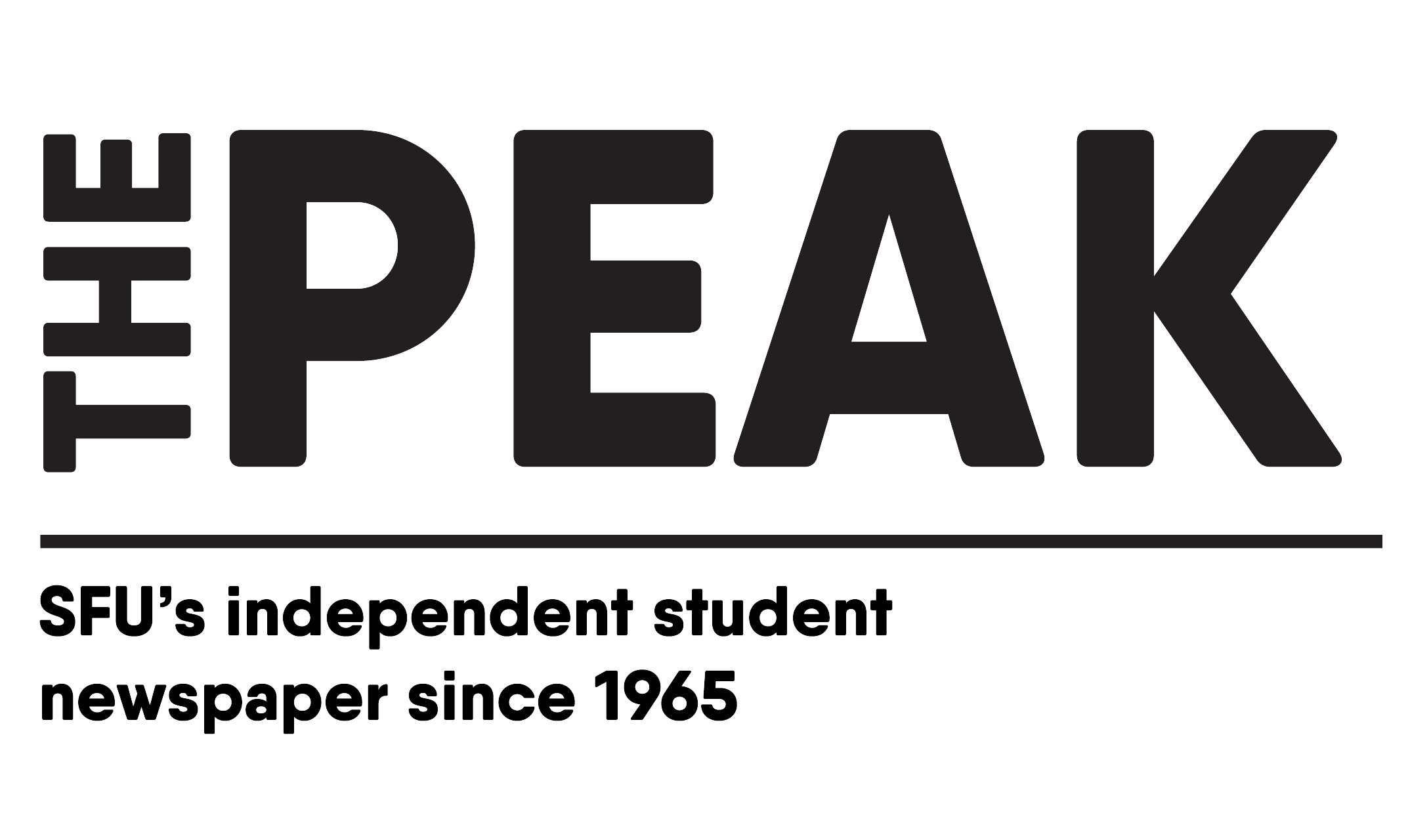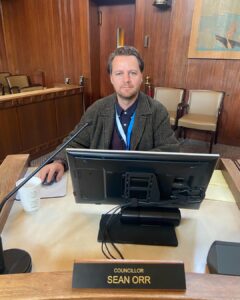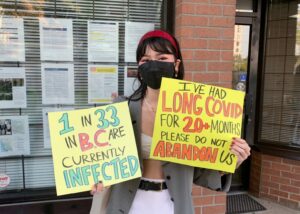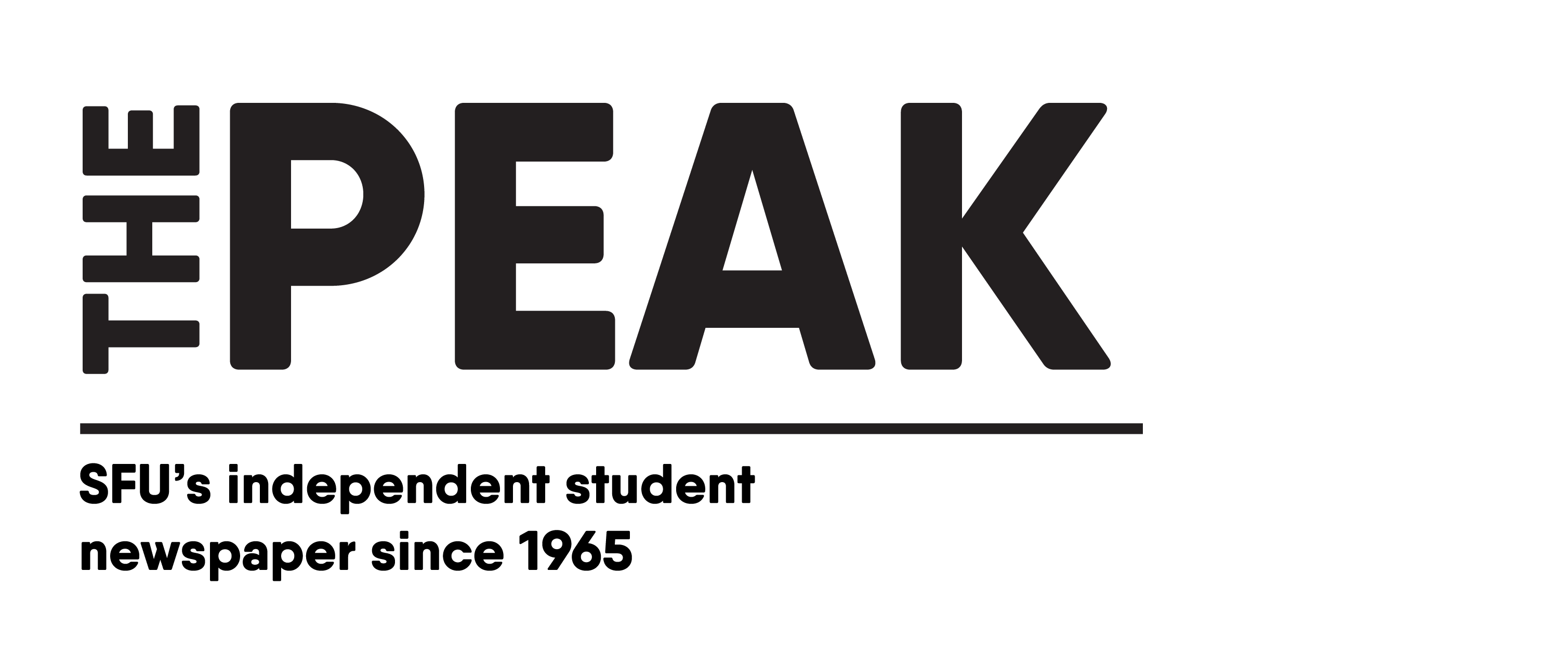By: Yildiz Subuk, Staff Writer
We are all susceptible to the volatility of the climate. January 7 marked the beginning of one of the most devastating wildfires that would eventually grow and spread across Los Angeles. Starting in the Pacific Palisades, the climate disaster displaced more than 100,000 people. While the exact cause of the fire is still under investigation, experts claim it was the result of hydroclimate whiplash — worsened by climate change. Hydroclimate whiplash occurs when a period of heavy rain, which leads to the growth of more vegetation, is followed by long periods of drought which kills the vegetation. When there is a large amount of dead vegetation, then there is an increased likelihood that vegetation is more vulnerable to catching and spreading fire. Along with this phenomena, the Santa Ana winds made the fires more uncontrollable, as they resemble the effect of a light hurricane. Fighting fires with such wind present is not only difficult but dangerous, as the winds cause the fire to spread further.
These wildfires are a bleak, yet urgent reminder that climate issues are a lot closer than we think they are. It’s not just LA that has seen a devastating wildfire season, but BC as well. The scale of destruction from the 2023 wildfire season rivals that of the 2003 Okanagan Mountain Park fire, marking it as one of the most catastrophic in recent history. There are many compelling aspects such as burning of fossil fuels and a lack of preparation that could potentially cost many communities within the province their livelihoods.
Wildfires are already an issue in BC
BC’s wildfire season in 2023 was the province’s most severe. Over 2.8 million hectares (or 28,000 square kilometers) were burned during this period and tens of thousands of individuals were displaced.
The largest wildfire the province has seen, which happened that year, took place in Donnie Creek. The fire spread rapidly and ended up being the same size as Prince Edward Island. The fire was supposedly started by a lightning strike, becoming visible on May 12. The night time usually cools down wildfires, but in this case, it was a warm night. Aside from being the most devastating period for wildfires, 2023 was also the province’s hottest and driest year on record. This factor intensified the grounds for wildfires, causing them to spread more quickly, and allowing for more dead vegetation to pose a risk of catching fire.
While not every single part of the province was directly impacted by the wildfire smoke, there was a lapse in air quality, and the smoke from the fires spread across closer regions. According to the government of BC, wildfire smoke affects every demographic as “during wildfire conditions producing heavy pollution, everyone is at risk regardless of their age or health.” It can cause inflammation in the lungs, which weakens the immune system, and breathing in the smoke can make a person more prone to “eye, throat, and nose irritation.” Headaches are also a symptom of inhaling too much smoke. People most at risk from wildfire smoke include those with pre-existing heart conditions and asthma, seniors, and pregnant individuals.
Although 2024 was not as severe, there were still over one million hectares burned in the province, making it the fourth largest season for wildfires. The constant occurrence of larger-scale wildfires indicate they are no longer a lingering threat. They are unpredictable, difficult to manage, and often exacerbated by components of climate change. Wildfires have become an issue of the present day.
The government can prepare all they want for mitigating wildfires, but their actions clearly outline their priorities are not the people.
How does the burning of fossil fuels tie into all this?
Climate change plays a significant role in shaping the severity of wildfires. While wildfires can occur naturally, such as those caused by lightning, climate change has pushed them to the extreme. Wildfire seasons have increased in length and frequency between 1996 and 2013 compared to 1979–1996, which “amounted to a doubling in the total global burnable area affected by long fire weather seasons.”
It is well documented that fossil fuels are the largest contributor to climate change. The burning of fossil fuels (which include coal, natural gas, and oil), produces greenhouse gases which then trap heat in the atmosphere. This results in the climate heating up. Climate scientist and activist, David Suzuki states, “Fossil fuel funding is an investment in disaster.”
Canada’s oil and natural gas industry contributes over $70 billion to the country’s gross domestic product, with just three oil and gas reserves (Kearl, Montney BC, Spirit River) alone contributing to over 50 million metric tonnes of carbon emissions. According to Statista, the top 10 fossil fuel companies in Canada alone have a carbon footprint of 135 million carbon dioxide equivalents of greenhouse gases emitted in 2022. To put this in perspective, “One million metric tons is roughly equal to the average annual emissions of 35 commercial airliners, 216,000 passenger vehicles, and 115,000 homes in the US.”
While large fossil fuel companies like FortisBC continue to pollute — promoting natural gas through misleading greenwashing campaigns — the government stays silent. These companies do not take accountability for their actions, nor do they listen to research for more sustainable energy. Instead they dodge accountability and spread misinformation about their actions. One way they spread misinformation is through rebranding their practices. For example fossil fuel companies brand natural gas as the “cleanest fossil fuel,” an attempt to placate the public into thinking these are eco-friendly practices. However, that might not be the case at all. Natural gas is actually made up of methane, which can trap 84 times as much heat than carbon dioxide within a 20 year span.
Imperial Oil (owner of the Kearl site) was responsible for a toxic wastewater spill in Alberta’s oil sand. There were over five million metric tonnes of toxic wastewater spilling into local Indigenous communities. The spillage affected “members of the Mikisew Cree, the Athabasca Chipewyan and Fort McKay First Nations, the Fort Chipewyan Metis, and other downstream communities all the way to the Northwest Territories.” The company hid this from the Indigenous communities for nine months, putting entire communities at risk — an action which should be grounds for closure. Instead, Imperial Oil is only facing nine charges for failure to report the spill and take reasonable cleanup measures, causing a major impact on the environment, and for “causing the loss or damage of public land.” For a similar incident involving waste water they were only charged with $50,000. Imperial Oil is worth over $35 billion, so this fine is the equivalent of ticketing someone for arson. In 2023, the federal government invested $18.6 billion into the fossil fuel industry. It is clear the government would never let Imperial Oil or similar companies take such hefty penalties for putting people’s lives at risk.
The government can prepare all they want for mitigating wildfires, but their actions clearly outline their priorities are not the people. While firefighters risk their lives to stop the flow of fires, and many communities are displaced, millions of dollars and property damages are lost, and many fossil fuel companies continue to operate in Canada, evading any form of true punishment for their actions. Unless the federal government truly prioritizes the adequate punishing of fossil fuel industries, they will remain complicit in prioritizing profits over people. Until the interest of people and not revenue is prioritised, then the population of BC as well as the rest of Canada remains vulnerable to wildfires.














